The Sun Valley Music Festival is a unique experience where visitors can hear free concerts performed by first-rate musicians in a beautiful setting, as Emma Baker discovered
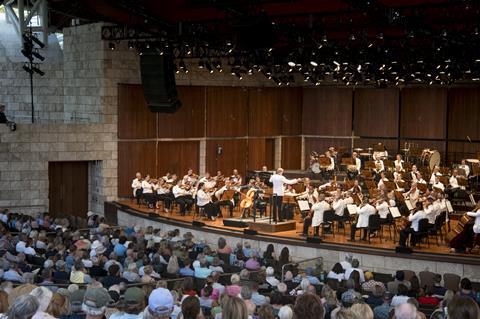
Discover more Featured Stories like this in The Strad Playing Hub.
Read more premium content for subscribers here
Some say that the best things in life are free, and in the case of the Sun Valley Music Festival in Idaho, this is demonstrated by a chance to hear some of finest musicians in the US and beyond completely gratis during the three-week duration of the season, which in 2025 ran from 28 July to 21 August.
Sun Valley is situated in central Idaho, 130 miles north of the border with Nevada, and 1,800 metres above sea level. Purpose-built as a luxury ski resort in 1936 by Union Pacific Railroad, near the tiny former mining town of Ketchum, it’s long been a destination for the rich and famous (many residents have their second or even third homes in the area). And it hosts the biggest free-to-attend summer concert series in the US. The festival is in its 41st season, and for 31 of those it has been in the hands of its music director, globetrotting Scotsman Alasdair Neale, who recently moved to Paris after spending 22 years in California as music director of the Marin Symphony.
Ketchum, just a mile from the resort, is also notable for being the final home of writer Ernest Hemingway – he lived on the outskirts of the town with his fourth wife Mary Welsh Hemingway for two years before his death in 1961.
The open country (and former hunting and fishing grounds that Hemingway loved) is on the doorstep of the Sun Valley resort, with its backdrop of Bald Mountain, criss-crossed by ski runs. It’s here that the concerts take place in the semi open-air pavilion, which has a capacity of more than 1,500; a further 4,000 people can sit out on the lawn and experience the performance relayed on big screens. The concerts are designed with accessibility in mind: one hour long, with no interval, starting at 6.30pm – which makes them ideal for all ages.
Like that of many US concert series, the festival’s business model relies heavily on private sponsorship, which includes one fundraising gala concert every year. In 2025 it featured megastar pianist Yuja Wang playing Tchaikovsky’s First Concerto on 6 August. The resort has also provided the pavilion rent-free to the festival to use in perpetuity, and local families host the visiting musicians – many of them forging lasting friendships.
During my stay mid-festival I experienced perfect blue skies and sunshine, and three concerts on 12, 13 and 14 August. The star soloist for two of these was French cellist Gautier Capuçon. I had the chance to chat to him before his rehearsal for Elgar’s Cello Concerto in E minor. The performance marked his return to Sun Valley following his appearance in 2019 when he played Saint-Saëns’s Cello Concerto no.1.
‘I’m super happy to be back this year,’ he said. ‘It’s a fantastic place to be and I have some great friends here.’ He explained what makes the festival feel so special to him: ‘While it’s built on the model of American summer festivals –outdoor concerts on a lawn – what makes it unique is that it’s free to attend, and that means a lot of people who perhaps don’t know classical music will come as a family with their kids. And because the concerts are an hour long it’s the perfect introduction for them.’
It’s also down to the high standard of the musicians: ‘I like that you meet different musicians from different orchestras. They come here for both the love of the music and the natural surroundings, but they work incredibly hard while they are here.’
The orchestra is made up of top players and section principals from major US bands such as the Buffalo and Rochester philharmonics, and Colorado, Pittsburgh, San Francisco and Seattle symphonies, among others. Most return year after year. Hearing the orchestra rehearse with Capuçon that afternoon, under the baton of Alasdair Neale, I was struck by how immediately polished it sounded, and how little rehearsal time the musicians seemed to require.
That evening, the Elgar was preceded by US composer Gabriella Smith’s Tumblebird Contrails, a short orchestral work she was inspired to write while watching ravens playing in the wind during a lone hiking trip on the California coast. Led by the festival’s British–French associate conductor Stephanie Childress (who is only 26 years old), the performance brought to the fore the programmatic elements of the piece: the sounds of waves and wind.
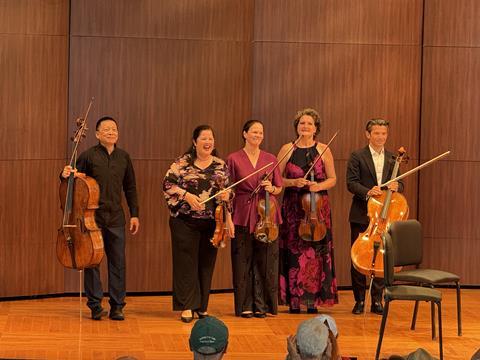
From his opening declamatory chords Capuçon gave an arresting performance of the Elgar. The tone that he conjured from his 1701 Matteo Gofriller was wonderfully varied, from the rich depths of the opening chords to the delicacy of his songful Adagio, and in the Allegro molto his every note dazzled with precision. The balanced sound between cello and orchestra, particularly in a partially open-air space, was also impressive. The audience loved it – many leapt to their feet at the end.
The following evening, Brahms’s Fourth Symphony provided a showcase for Neale and the orchestra. Each of the festival’s concerts is preceded by a short talk on the lawn; another thoughtful extra. Stephanie Childress spoke eloquently about the Brahms, giving listeners both the historical background and explaining the structure and main themes of the work, illustrated with musical examples. The performance itself was intense and dramatic, particularly in the passacaglia variations of the last movement, and the orchestra sounded particularly cohesive under Neale’s baton.
Having such a high calibre of musicians on tap meant that it was possible to programme a chamber work for Capuçon’s second appearance: Schubert’s String Quintet in C major. For this performance, where he performed his favoured second cello part, he was joined by violinists Juliana Athayde (of the Rochester Philharmonic) and Kristin Ahlstrom (St Louis Symphony), violist Marylène Gingras-Roy (Pittsburgh Symphony) and the festival orchestra’s principal cellist Amos Yang (San Francisco Symphony).
The acoustic screens on stage had been set up to provide a more focused and intimate setting for the Schubert. The hall was packed – many who had experienced the Elgar were clearly back to hear more of the star cellist – but it was the ensemble that shone, from Yang and Capuçon’s duetting in the sublime second subject of the first movement, to Athayde’s silvery tone over the sustained inner harmonies of the Adagio. It was a spellbinding performance, although some members of the audience erupted into applause too enthusiastically, drowning out the final, devastating unison D flat to C statement that concludes the work.
But it feels churlish to complain: as we spilled out of the hall and on to the lawn, lit by the oblique dazzle of the setting sun, the word was that this was perhaps the festival’s biggest ever audience turnout for a chamber music concert, and if this gave some people their first introduction to Schubert’s extraordinary work, then it was all for the best.
Read: Back to business: Postcard from Sun Valley
Watch: Cellist Gautier Capuçon plays Ravel
Discover more Featured Stories like this in The Strad Playing Hub.
Read more premium content for subscribers here

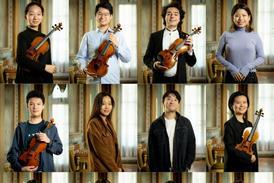
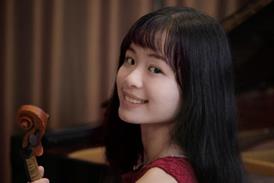
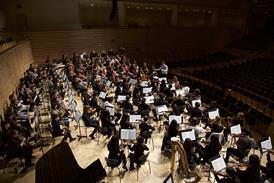
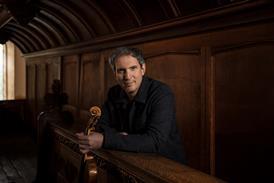

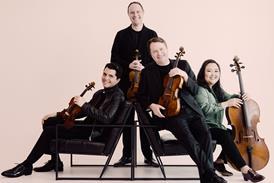

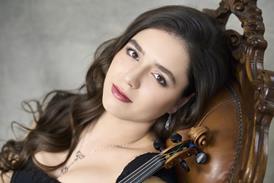
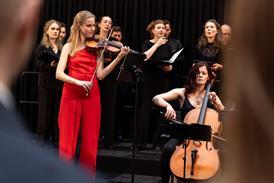
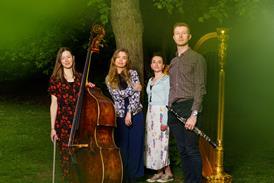
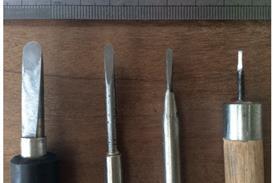
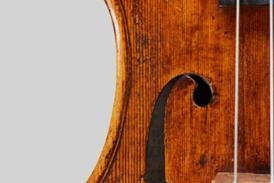
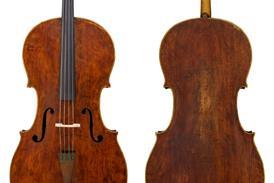
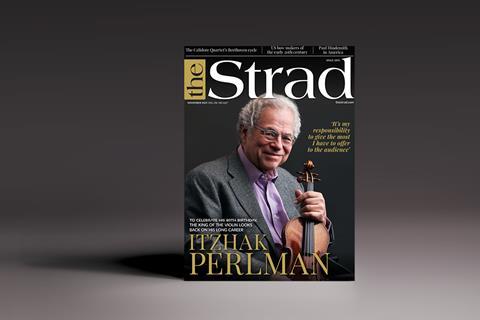
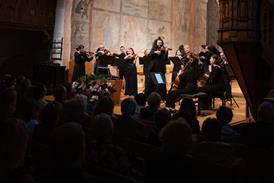

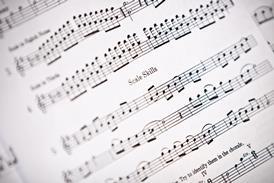
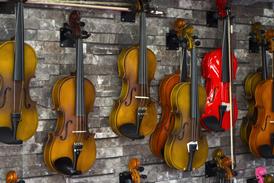
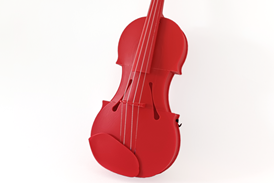
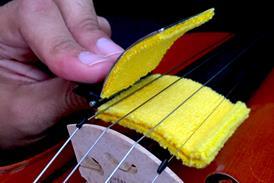
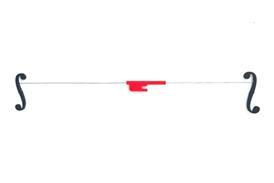
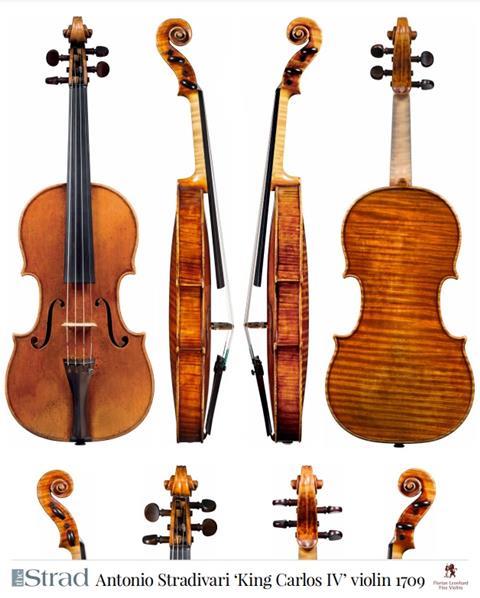
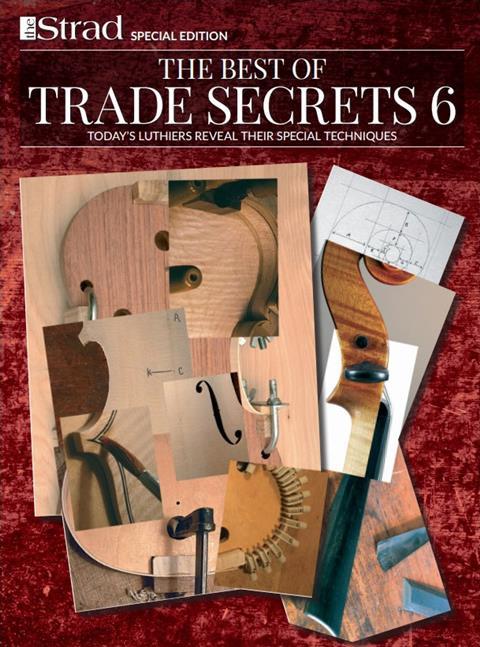
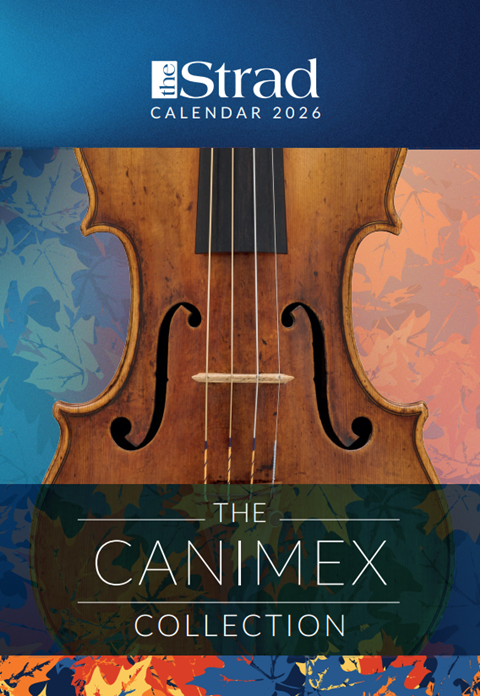
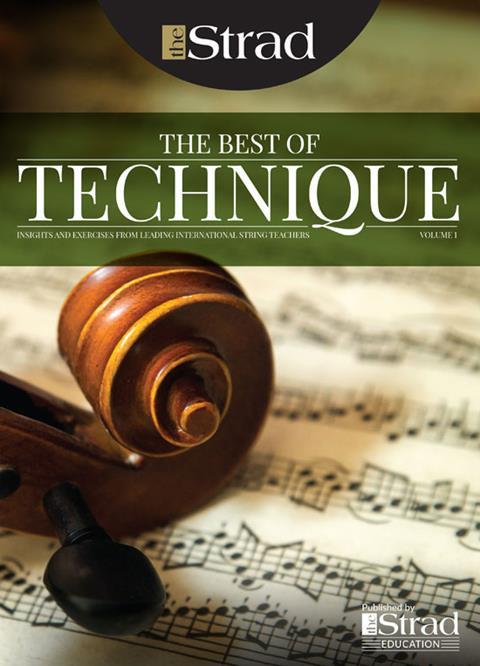
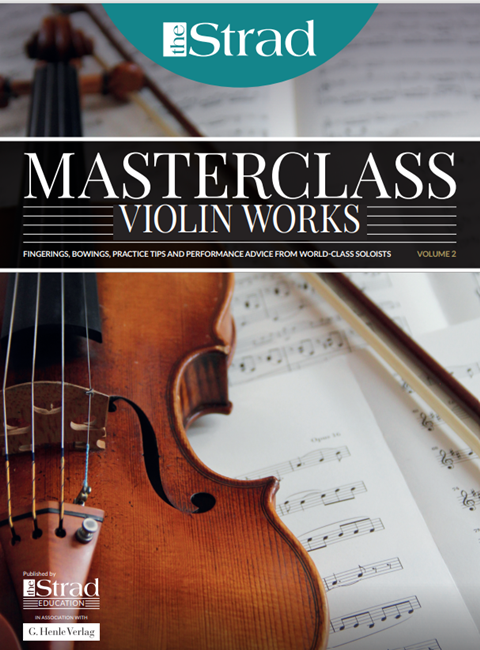
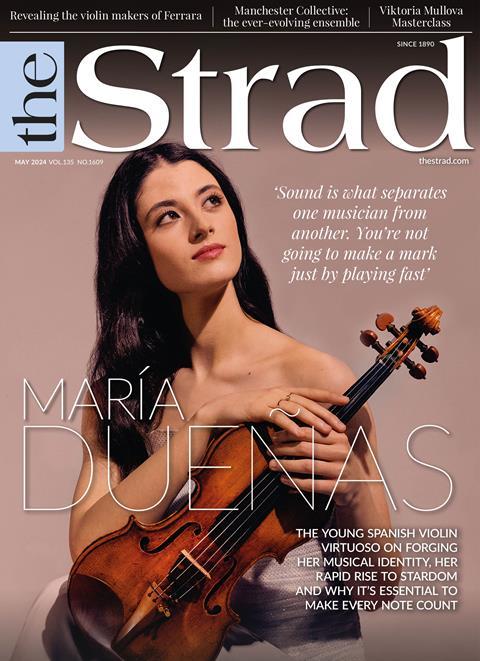
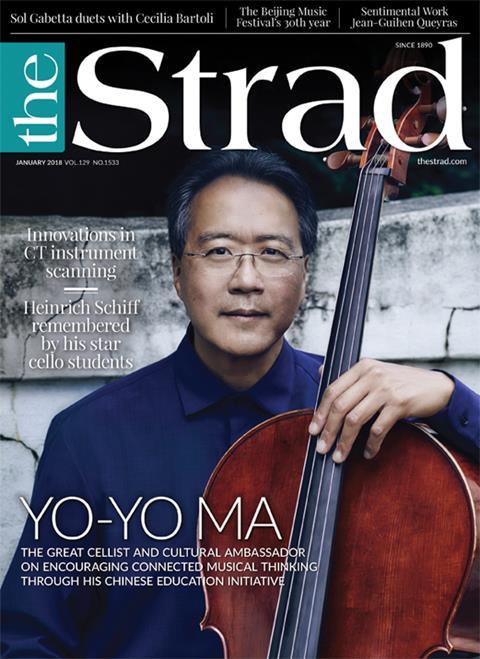












No comments yet